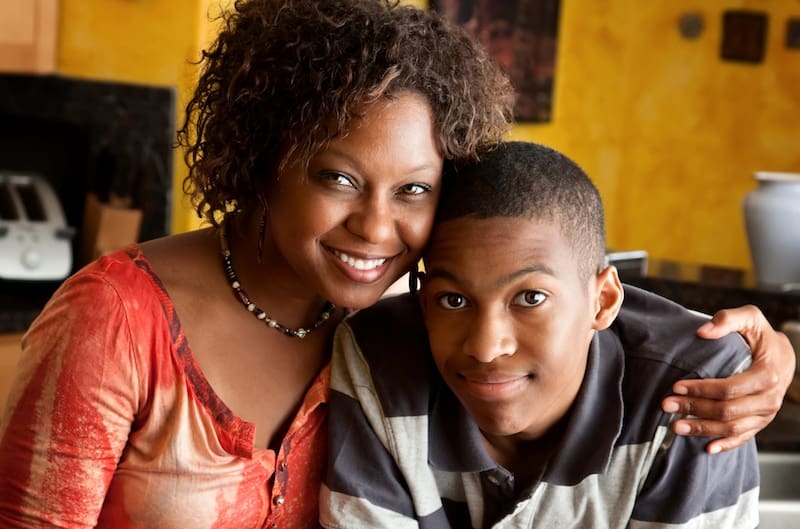
Get stories and expert advice on all things related to college and parenting.

Transitions are tough. We're not always prepared to manage significant life changes (even when we know they're coming), and young people are generally less experienced and skilled at coping with them.
The move to college will be one of the most significant transitions your student has experienced. Some students struggle more than others as they adapt to living independently, away from the structure of home and family.
Specifically, they may come face to face with failure — possibly for the first time. Failure is unpleasant for all of us, but it can devastate young people, especially if they're accustomed to being top students and breezing through their courses.
The shock of failure can lead to anxiety, depression, and — worst of all — learned helplessness, a phenomenon where a person starts to feel as if their efforts don't impact the outcome.
As a parent, you're eager to give your student the tools to succeed in college. Luckily there are actions you can take to improve their chances of success. As you prepare to send them off to college, try these four strategies to help them develop the skills and attitudes they need to manage the transition confidently.
Adopting an optimistic mindset is one of the best ways to prevent learned helplessness from creeping in. If we're able to look at failures as what they are (a consequence of choices we made and/or circumstances we found ourselves in) rather than what they're not (an indication of our failings as a person), it's much easier to believe that we have some amount of control over our future. With a positive outlook, we can put setbacks into perspective.
Adopt this mindset yourself and model it for your student. When bad or discouraging things happen, remind them that these things are:
Of course, it's essential to reflect on our failures and disappointments to see where we went wrong and what we can work on in the future, but it's equally important to acknowledge that we are not responsible for everything that goes wrong in our lives.
It does us no good to dwell on factors we can't control. Use a scenario like this to explain it to them:
Imagine you're planning an outdoor activity, like a picnic or shooting hoops with your friends, but an unexpected downpour ruins your plans. What should you do to salvage the day?
You could rail at the rain or curse the meteorologist for predicting sunshine. But would any of these things improve the situation? Would they solve your problem?
Instead of focusing on things outside of your control, put your energy toward working around the problem or creating an alternative solution. You could brainstorm ideas for fun indoor things to do with your friends, like see a movie or play a board game. You could also decide to grab rain gear and follow through with your plans anyway, rain or no rain!
Focusing on the things we can control allows us to deal more effectively with change and disappointment.
Have you heard of the SMART method for setting goals? SMART goals are:
Teaching your student to set and strive toward concrete, meaningful, achievable goals will be a lifelong gift.
As ever, the most important thing you can do for your student is to love and support them without any limits or strings attached. Be sure they know your love does not depend on them achieving a certain grade point average or even passing every college class they take. Please give them the same encouragement and validation whether they succeed or fail.
Further, support them by offering your help when you can and making them aware of other resources when you can't. For example, you could look up their school's mental health center and have the number on hand in case they ever want to talk to someone. Encourage them to reach out and use these campus resources whenever they feel the need to do so.